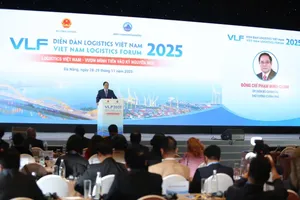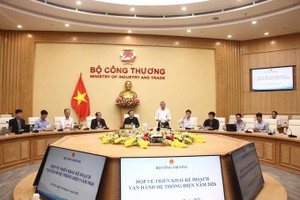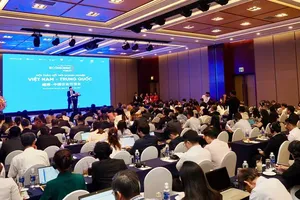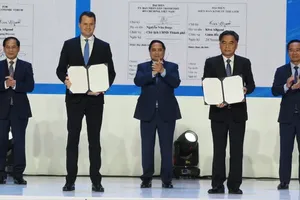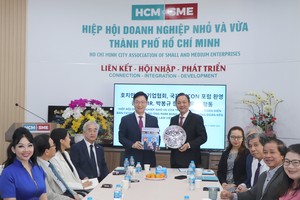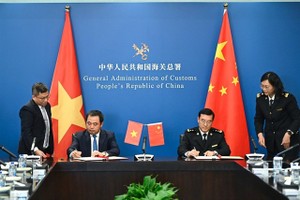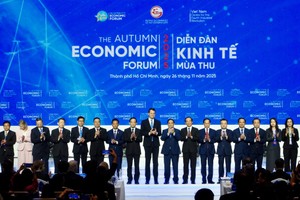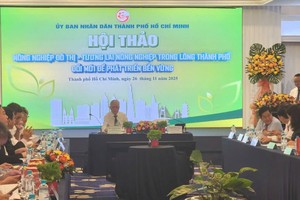The Government Portal held a seminar this morning on 'Ensuring electricity for growth - requirements and solutions' to discuss solutions, scenarios, and preparations of the power sector to meet electricity demand for growth in the new context.
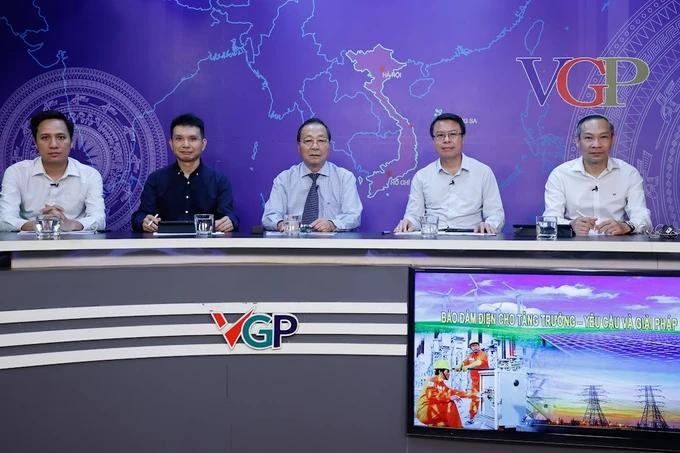
In 2025, the Government aims for GDP growth of 8 percent or higher, laying the groundwork for sustained double-digit growth from 2026 to 2031.
Speaking during the discussion, Deputy Director Doan Ngoc Duong of the Electricity Department under the Ministry of Industry and Trade, stated that to ensure adequate electricity supply in 2025, the ministry has proactively reviewed and prepared a supply plan since late 2024. With this year’s economic growth target of at least 8 percent, electricity demand is projected to rise by over 12 percent.
Among the management solutions proposed by the Ministry of Industry and Trade, several key power grid projects are being fast-tracked, including the 500kV Lao Cai – Vinh Yen transmission line. This project aims to channel hydropower capacity from the Northern region to the load center in Hanoi. Vietnam Electricity is committed to bringing it online by National Day, September 2.
Mr. Doan Ngoc Duong noted that in the first four months of the year, electricity supply has been largely stable, meeting the needs of both production and daily life. Notably, power supply remained secure during recent major holidays.
According to the Ministry of Industry and Trade, current planning and measures suggest that electricity supply for 2025 will be secured, based on existing forecasts and scenarios. However, Mr. Duong cautioned that extreme situations could still arise. These include unexpected surges in demand, prolonged heatwaves, reduced water inflow to hydropower reservoirs compared to historical averages, or technical issues at power plants operating under sustained high loads.
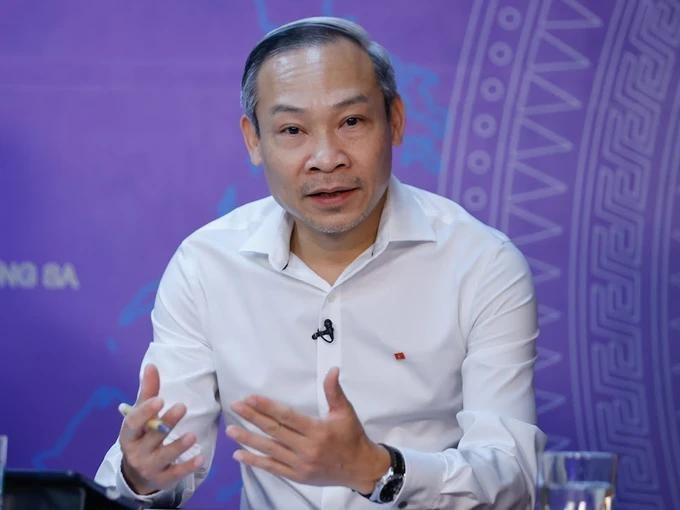
Mr. Phan Duc Hieu pointed out that the energy sector grapples with dual challenges including safeguarding energy security by guaranteeing a reliable and high-quality electricity supply for the economy.
He suggests that this necessitates a shift towards differentiated electricity pricing in the future.
Regarding the issue of electricity prices, former Director of the Price Management Department under the Ministry of Finance Nguyen Tien Thoa said that the current electricity price has faced three major shortcomings.
The most significant impediment and potential bottleneck is that electricity pricing hasn't been implemented according to market-based mechanisms. For numerous years, the calculation of electricity rates has failed to accurately and comprehensively incorporate all production expenditures associated with generating a single kilowatt-hour. Consequently, electricity tariffs must reflect all operational costs while ensuring reasonable profitability.
Energy expert Ha Dang Son said that currently, if comparing the average electricity price in Vietnam with other countries in the region and internationally, it can be seen that the average electricity price in Vietnam is at the same level as China and India. On the contrary, many other countries in the region have higher electricity prices than Vietnam. Therefore, the problem is how to make the electricity price reflect the true nature of production costs, ensuring stability and sustainability in investment and operation of the national power system.
The core solution lies in developing a phased, transparent, and market-oriented roadmap for electricity price adjustments. This approach must accurately reflect the underlying cost structure while avoiding sudden price shocks that could impact households and the broader economy. Striking a balance between the marketization of electricity prices and maintaining social stability remains a complex but necessary challenge.
Mr. Phan Duc Hieu emphasized the importance of building an electricity market that is sufficiently attractive to investors, yet remains reasonably priced. This balance is essential to ensure a stable, sustainable power supply that supports both economic growth and daily life, without placing undue pressure on input costs.

